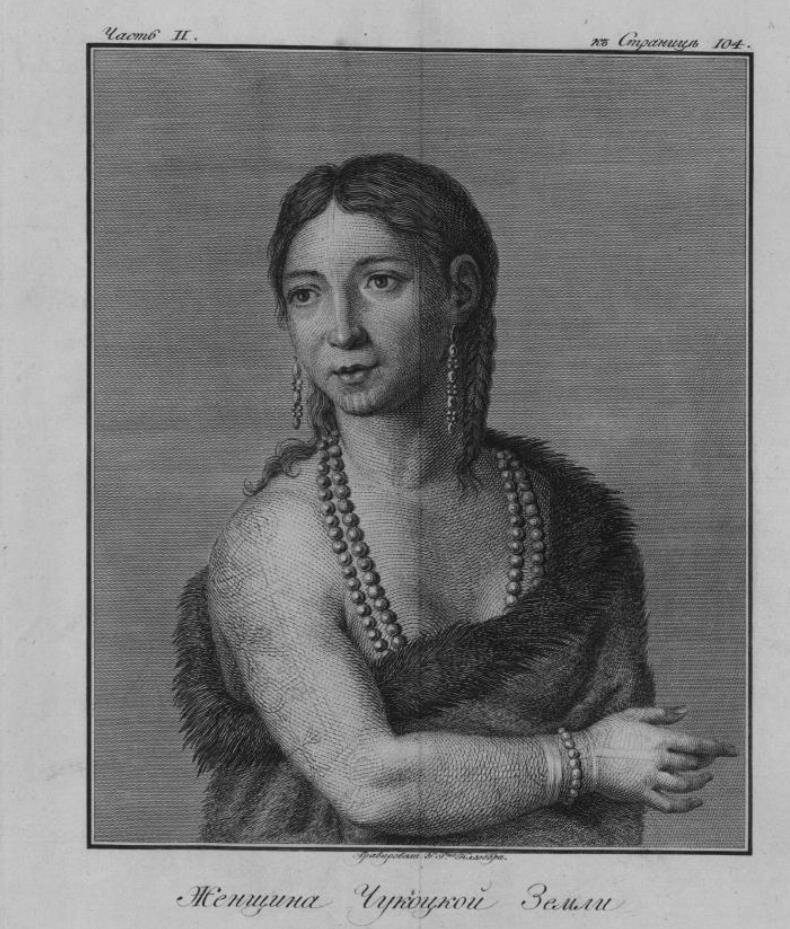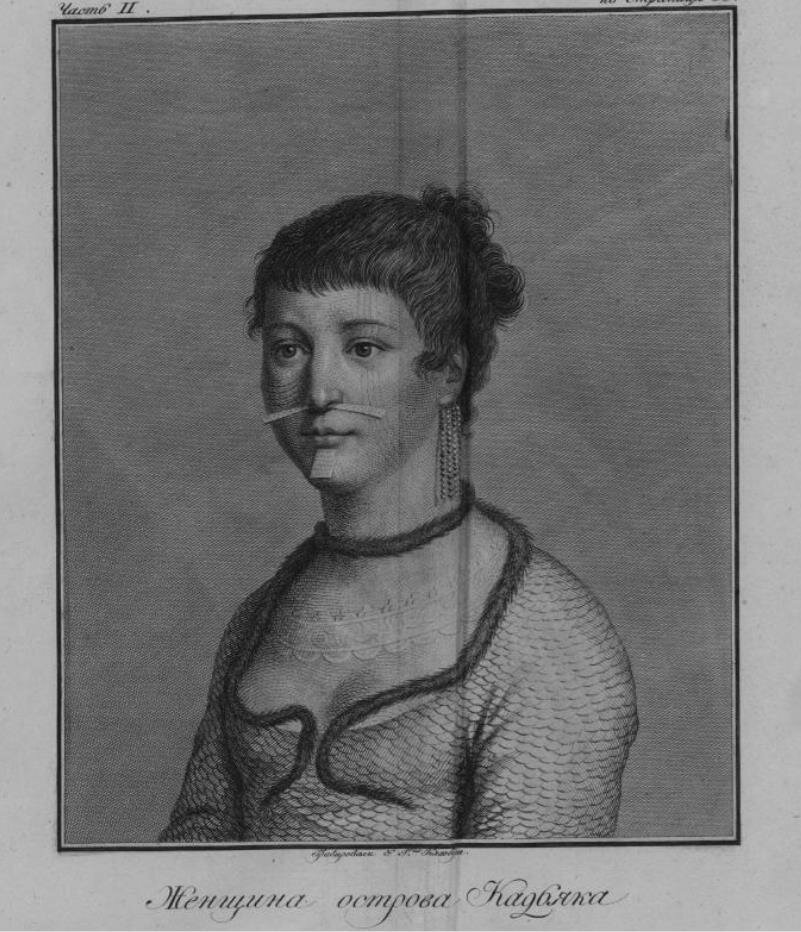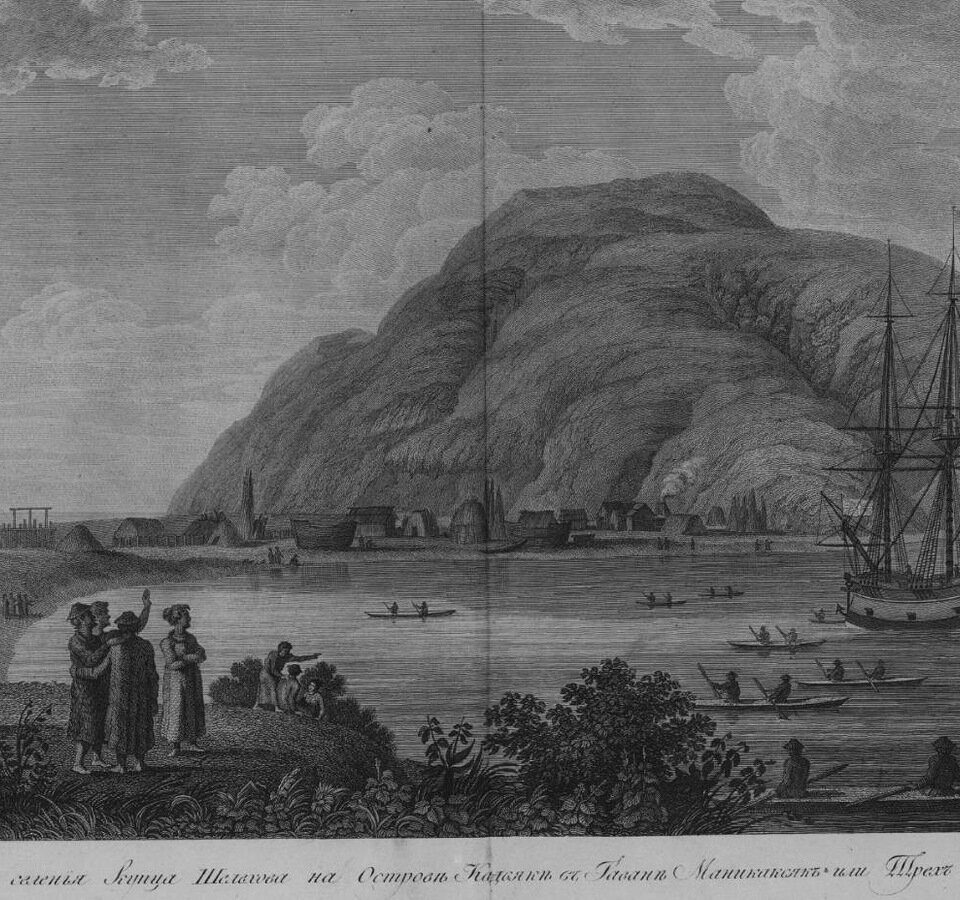The National Library of Russia in St. Petersburg contains little-known engravings by a Russian artist Luсa Voronin. His engravings are also kept in Washington’s Library of Congress. They are interesting because they were created during the eight-year Northeast expedition of Lieutenants I.I. Billings and G.A. Sarychev (1785 -1793) the objective of which was to study the northern territories of Siberia, the waters of the Arctic Ocean and the northern part of the modern Pacific Ocean.
Based on the results of the eight-year expedition, Gavril Andreevich Sarychev (Admiral of the Russian Fleet since 1829) wrote a book called The Voyage of Fleet Captain Sarychev to Northeastern Siberia, the Frozen Sea, and the Eastern Ocean. In 1802 he also published the Atlas of the Northern Part of the Eastern Ocean which contains the drawings by Luca Voronin.
G.A. Sarychev became the first navigator who prepared an accurate description of the shores and islands of the northeastern Pacific Ocean. The 26-year-old captain believed that in order to draw up accurate maps, it was necessary to use baidarkas or small rowing boats able to safely navigate near the coast, since large seagoing vessels cannot come close to the shore.
Many times during the eight-year expedition, captain Sarychev used baidarkas to explore sea shores on his own. The maps that he developed are distinguished by high accuracy and reliability (shoals, pitfalls, and seabed soils are highlighted), therefore they were used by seafarers all over the world. There had been no changes to these maps for over a century.
Sarychev’s Atlas contains Luca Voronin’s engravings and drawings depicting the inhabitants of Chukotka, Yakutia, Alaska, and the Aleutian Islands that he saw during the expedition.
One of them, “Woman of Chukotka” may be found at the Pushkin State Museum of Fine Arts. It is currently on display in the Gallery of Europe and Americas as part of an exhibition called “Tattoo”. Previously held in cities around the world, including the Royal Museum of Ontario (Toronto) in 2016, this exhibition, based on archaeological finds, presents the art of tattooing as an ancient custom with a sacred meaning.

This tradition was widespread among peoples living on all continents, including the population of Chukotka, which G.A. Sarychev emphasized in his book: “The local people showed us their dance, it is very similar to the American dance, which we saw at Cape Rodney. After the dance… the women, one after the other, forming a semicircle, took off their parkas from their right shoulder and bared their embroidered hands…”. (Sarychev was referring to their tattoos).
Further, Sarychev writes the following: “The Chukchi, both men and women, are of average height, but some are quite tall; they are stately and healthy … Their faces are very similar to those Americans whom we saw at Cape Rodney… These Americans are of average height and their faces are swarthy, but some of them are fair-haired… their facial features are similar to those of the Europeans”. Luca Voronin’s engraving “Woman of Chukotka” is fully consistent with the description provided by Sarychev.

Graphic works by Luca Voronin and Sarychev’s Atlas are valuable ethnographic material that gives an idea of the similarity in appearance, lifestyle and customs of the peoples who inhabited the territories of Siberia, Alaska and the islands lying between them.

One comment